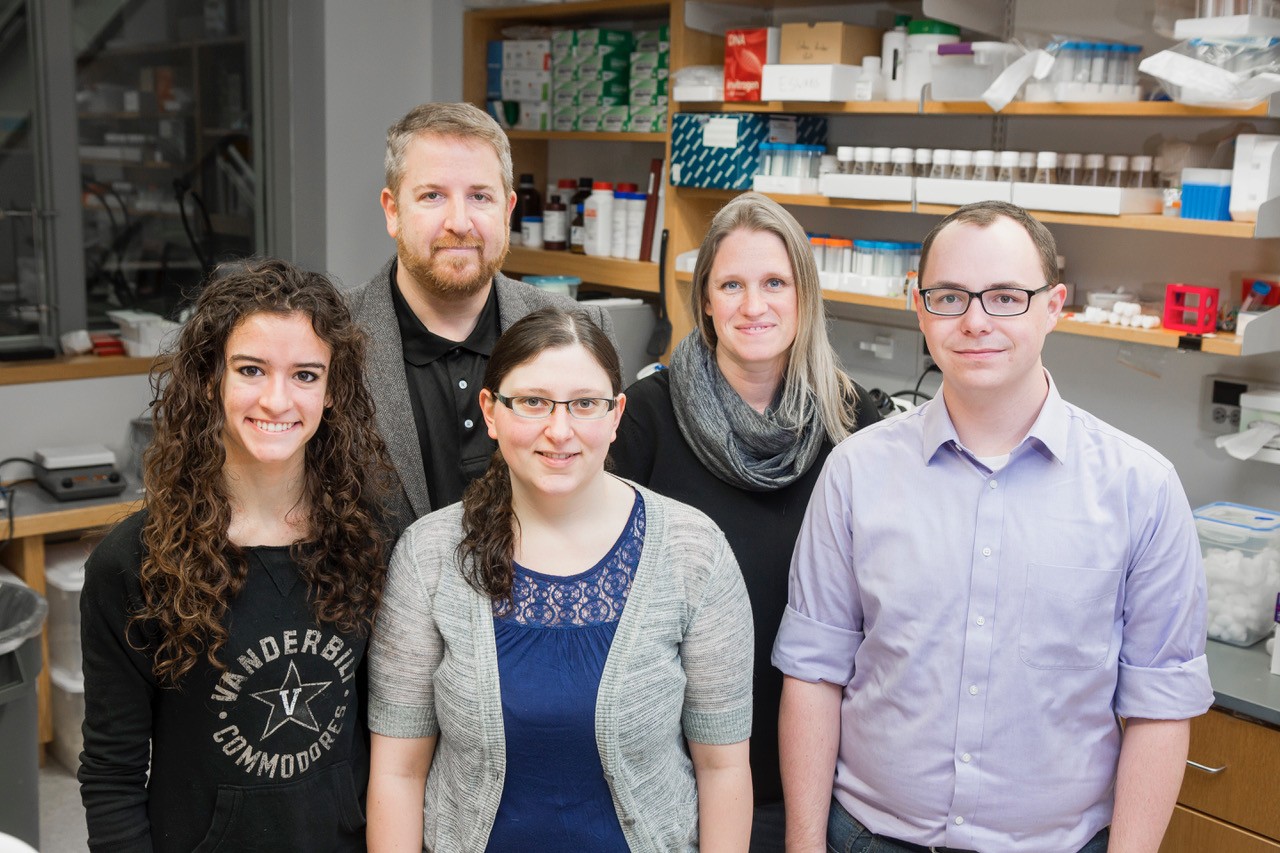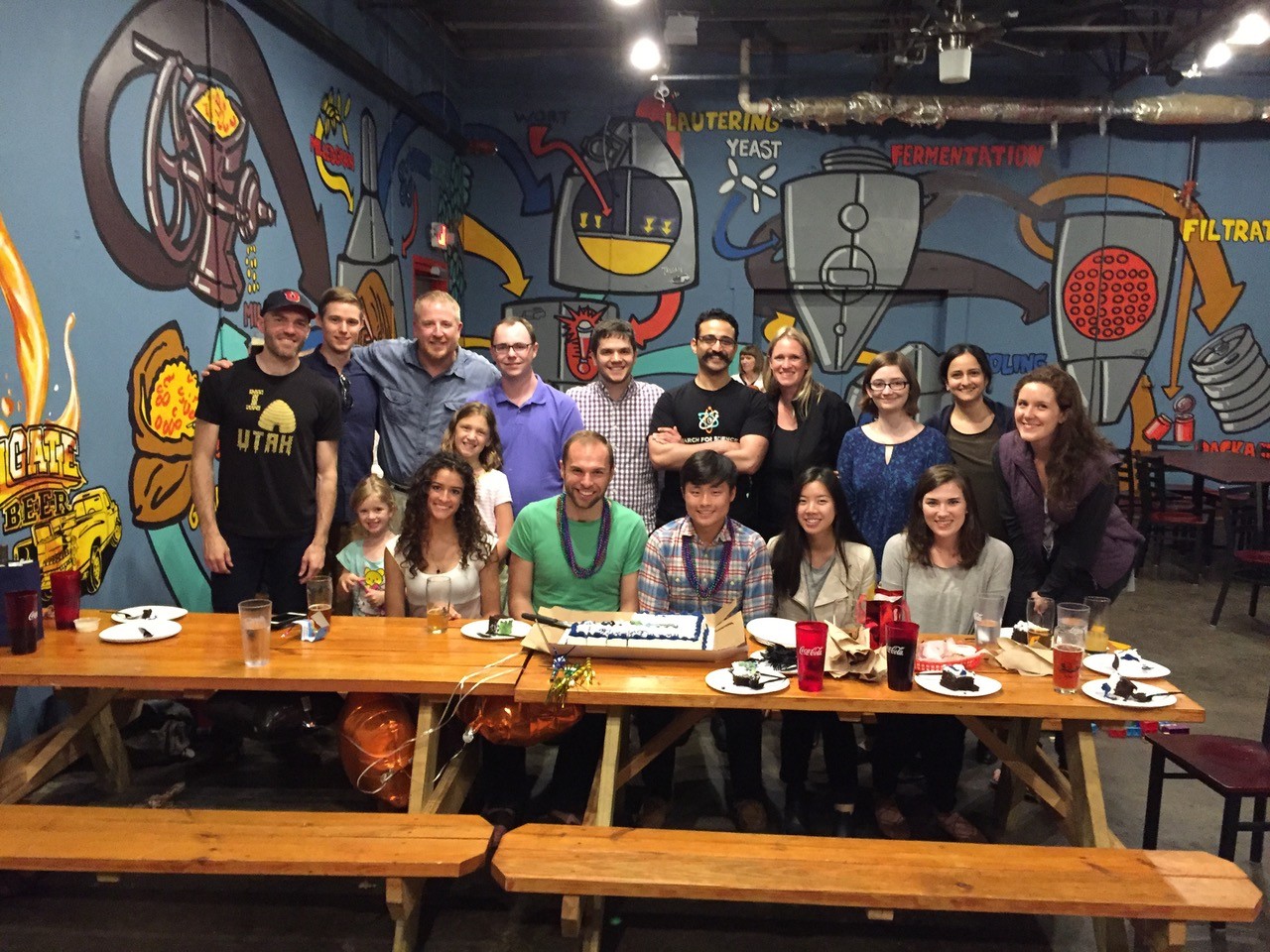Dr. Bordenstein is a biologist in the Departments of Biological Sciences and Pathology, Microbiology, and Immunology and we are fortunate to have him on our Leadership Committee as an Associate Director. He is also the founding director of the Vanderbilt Microbiome Initiative and worldwide science education program Discover the Microbes Within: The Wolbachia Project. His laboratory studies the functional, evolutionary and genetic principles that shape symbiotic interactions between animals, microbes, and viruses as well as the major consequences and applications of these symbioses to humans.
VI4: How long have you been at Vanderbilt?
SB: Ten years
VI4: What is one topic in your field that you are excited about right now?
SB: Microbiomes are the totality of microbes in and on an environment, including our bodies and those of other organisms. One of the major questions in the microbiome field is what explains variation in microbiomes….between people, within people across time, or between different types of organisms, such as a wasp versus a fly, or a mouse versus a human? There are surprisingly few bona fide trends to point to as the microbiome field is still quite young and resolving its best practices. What I am excited about are two emerging trends that appear to hold across multiple studies, including our own.
First, human ethnicity is repeatably linked to microbiome variation across body sites. In the guts of Americans, there appears to be repeatable variation in microbes across different ethnicities, and we think this could be quite important to personalized medicine approaches involving the microbiome.
Second, microbiomes across animals are not just randomly assembled. They vary extensively and we and others often observe the trend that animal evolutionary history is predictive of microbiome differences between animal species. What this seems to indicate is that components of the animal genome that change rapidly may regulate why one species has a different microbiome than another. Moreover, in some cases, we are finding that the microbiome difference are quite important. They affect the development and survival of these animals. Filtering the right microbiome from the environment may be very important to the function of animals.
VI4: What’s going on in your lab that we should get excited about?
SB: Oh the tangled web that Nature weaves....Sexual reproduction in animals can be hijacked by bacteriophage genes that reside in intracellular bacteria.
VI4: What’s your favorite day trip from Nashville?
SB: Easy…to boldly go anywhere that has good Hot Chicken.
VI4: Pumpkin Spice Latte, yes or no?
SB: No
VI4: How/When did you know wanted to become a scientist?
SB: Great question. I always like to ask this one to my colleagues. The answers vary quite a bit. We all have our own path to science. My father was an engineer, and my mother was a lab technician for the hospital, so perhaps their professions had some influence. We also watched Nature shows on the weekends; and I scored a big win with the classic fly eye mutant experiment in high school! So perhaps these experiences were indicators of the decision to come. It was my sophomore year in college. I was en route to major in biology as a pre-med student. But then a course in Evolutionary Biology hit me over the head and changed my trajectory, forever. I never turned back. I fell in love with a course for the first time. Immediately, I wanted to know more..to know what I could do with a major in Evolutionary Biology. I entered a lab as an undergraduate researcher and caught the bug of being a full-time labbie studying animal-Wolbachia interactions. So, immersion research was critical to my future. I’m so enthused that Vanderbilt has placed immersion research as part of the quintessential undergraduate experience.


